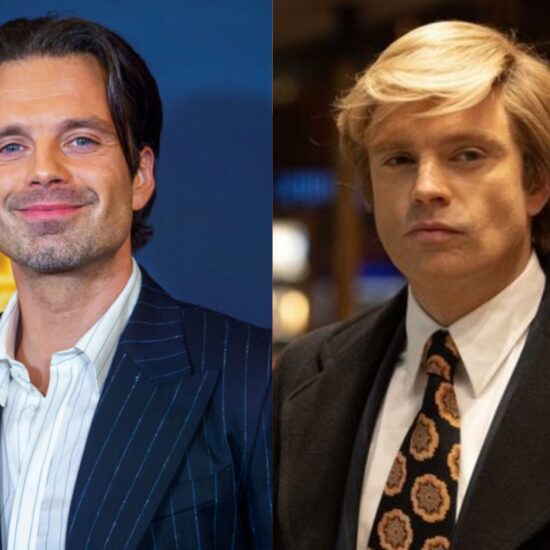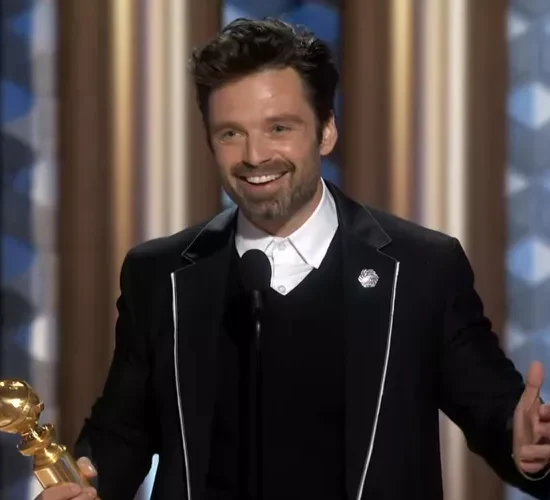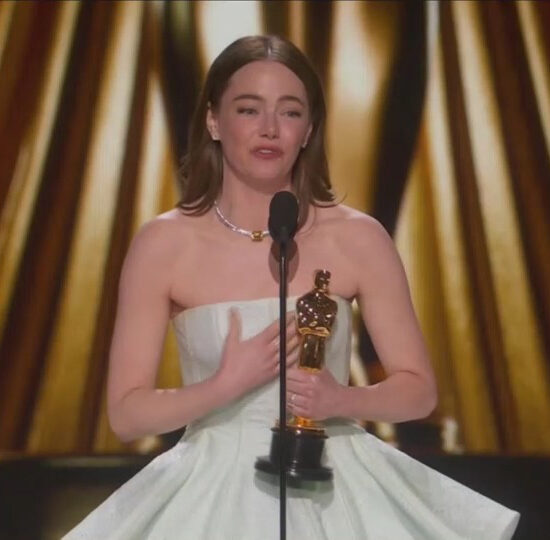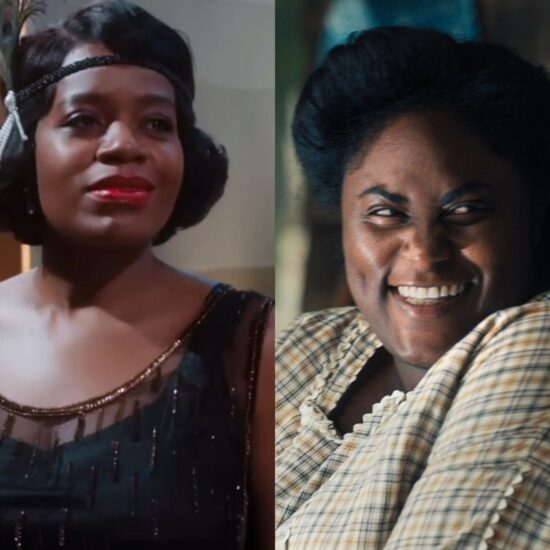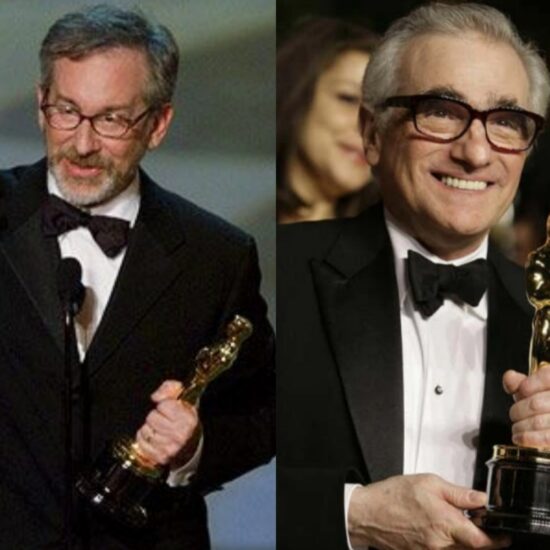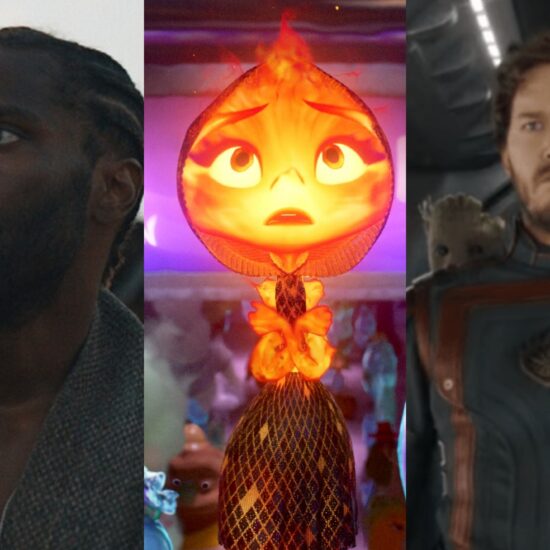
Jane Schoenbrun’s debut narrative feature, We’re All Going to the World’s Fair, is an entrancing horror film that shirks traditional three-act structure in favor of bold, unprecedented cinematic language and a deep fascination with its central character, Casey, who lives the majority of her teenage life in her room, posting vlogs as part of a sinister and mysterious online trend called the “World’s Fair Challenge.” The writer-director’s curiosity about internet subcultures stems from their own nonbinary and trans identities, growing up and looking to the computer as an outlet to express themselves authentically.
“People were collaborating in this very decentralized way to create new narratives that really only could have been created on the internet,” explains Schoenbrun, referring to different dark online horror characters and stories shared widely online that helped inspire their film. “It really resonated and reminded me of something I went looking for online in my own youth, which was an effort to remove myself from my body and my identity and exist in a space where I could express myself creatively, and perhaps even explore myself personally, outside of ‘the real world.’ ”
Schoenbrun says that coming out as trans allowed them to finally tell the stories they’d had locked away inside their subconscious. “I don’t think that I had a creative burst after coming out,” they muse. “I think that I worked up the courage to share my inner world with the outer world, which was very hard for me to do pre-transition.”
Shame, both internal and external since childhood, worked as an obstacle to creativity for Schoenbrun before this prolific new phase of their career: “I wasn’t being encouraged to express myself. And so you learn to put it away, and you learn to log online and write stories on the internet, disconnected from your real life, and you learn, basically, to be ashamed. The process of starting to put language to who I was, and to become who I needed to be, was a process of unraveling my relationship to that shame and overcoming it. I think that’s what allowed me to make a movie like this one, make a movie like my next one, and make all of the things that I’m going to make. These were the stories that I always wanted and needed to tell. And they were always in there. They were just lodged behind internalized transphobia.”
Jane Schoenbrun
Courtesy of Lia Clay Miller
World’s Fair is the first in a planned body of work Schoenbrun dubs “The Screen Trilogy,” to be followed by their upcoming A24 thriller I Saw the TV Glow, starring an ensemble cast including Phoebe Bridgers and Danielle Deadwyler, and a television project titled Public Access Afterworld.
“This passage from living my life as a spectator of the world, in the wrong body and identity, and slowly becoming myself and an artist, going from somebody who, like Casey in World’s Fair, spends all of her time staring at a screen, to somebody who is, in some ways, entering the screen — that is, to me, a really potent metaphor for transition and how it’s felt,” Schoenbrun explains. “Similarly, I just find the glow of a screen to be appealing. It’s something that I very naturally gravitate toward, in the way that David Cronenberg gravitates toward body horror or Christopher Nolan gravitates toward super-confusing time [plots].”
This story first appeared in a December stand-alone issue of The Hollywood Reporter magazine. To receive the magazine, click here to subscribe.









